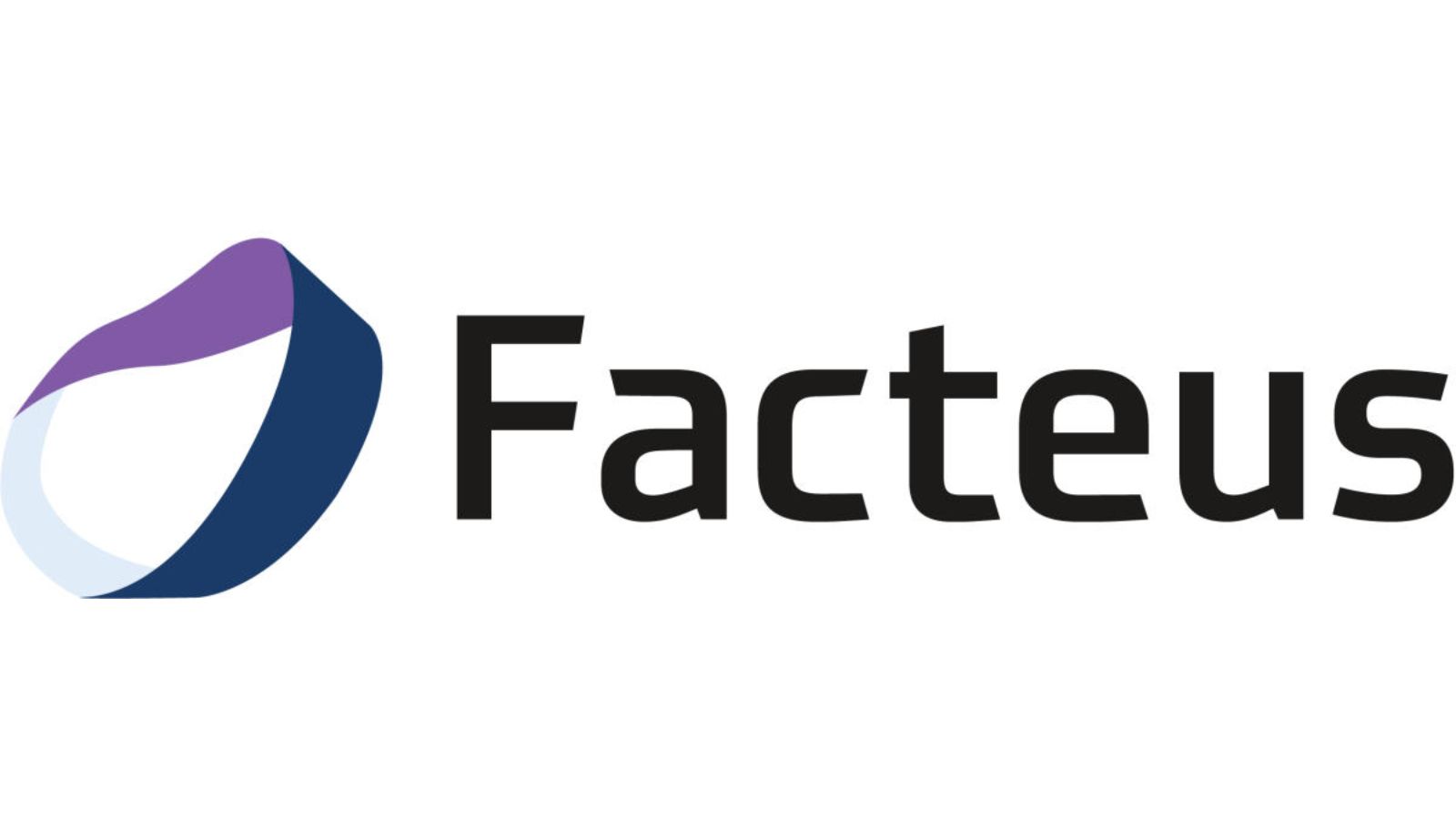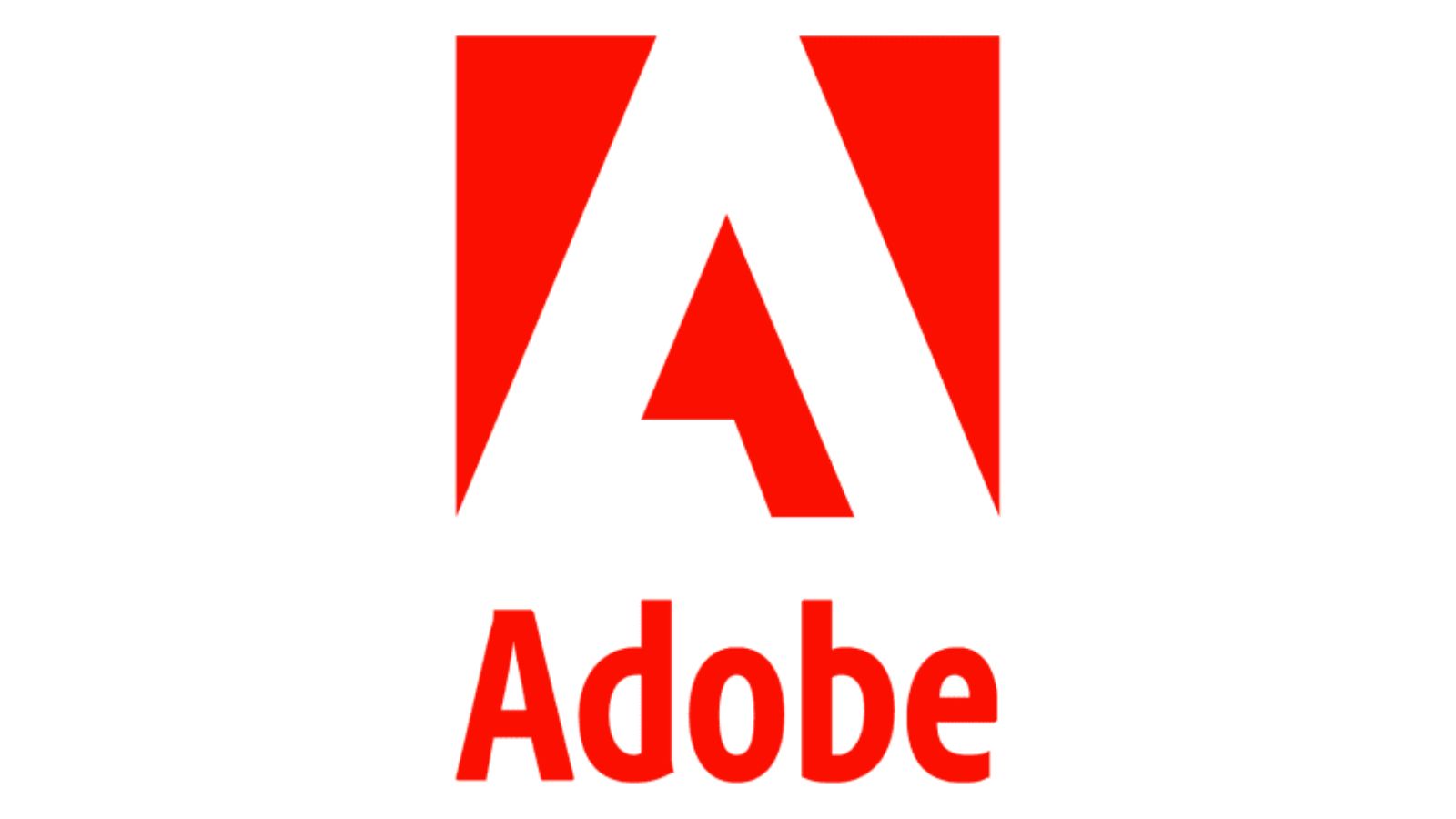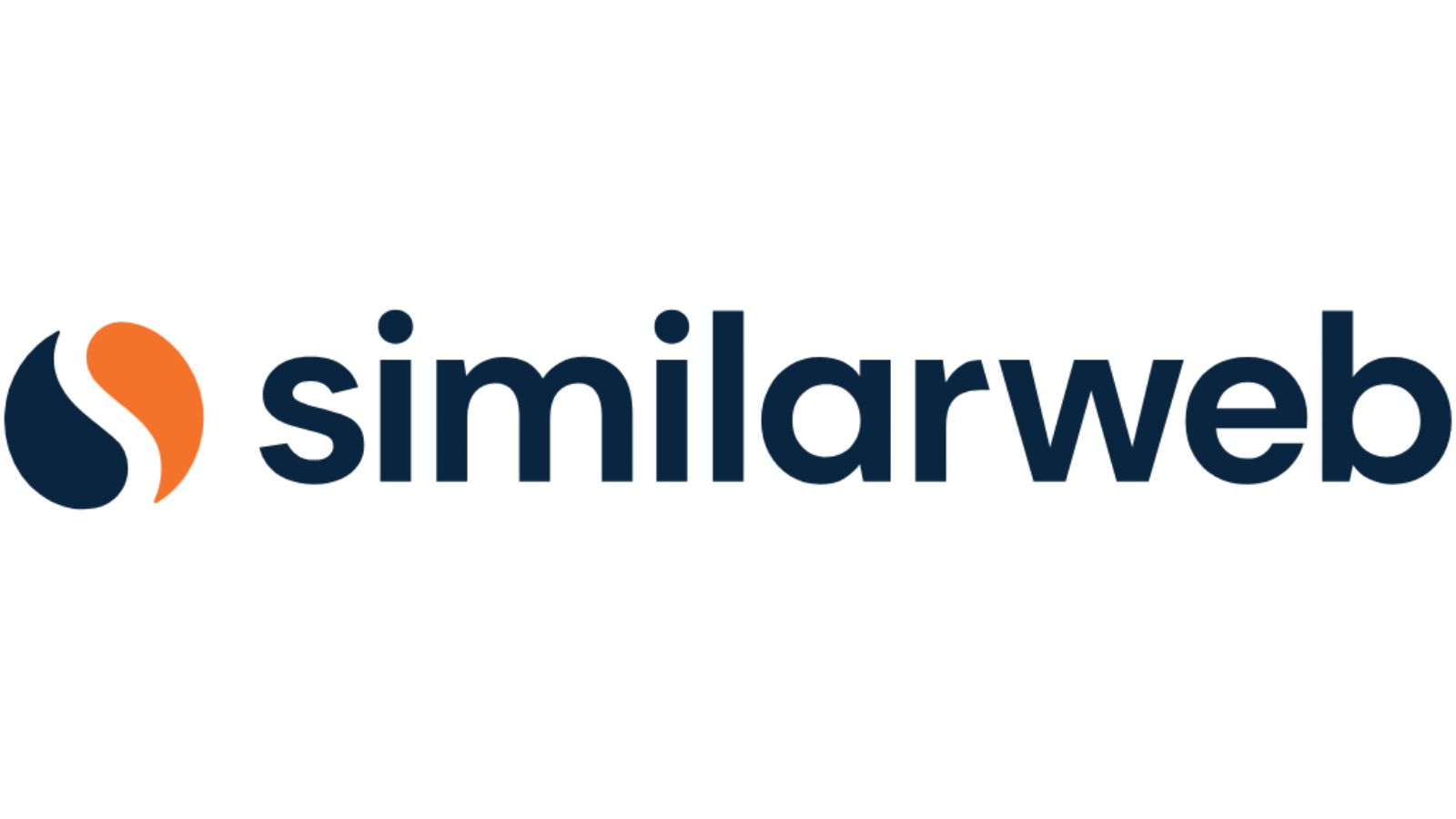Introduction:
In today’s competitive business environment, companies that sell products or services to other businesses need to use a strategic and data-focused method of marketing to successfully attract and keep customers. This is where B2B performance marketing comes in, as it emphasizes obtaining results that can be measured and have a direct impact on a company’s profits.
Get ready to question traditional marketing beliefs and change how you think about achieving long-term growth and profitability in the constantly changing B2B market. Whether you have experience in marketing or are a leader in a business, it is important to read this information about B2B performance marketing if you want to succeed in today’s highly competitive world.
What is B2B Performance Marketing?
B2B performance marketing is a strategic method that aims to achieve measurable results through marketing efforts. While traditional marketing focuses on brand awareness, B2B performance marketing focuses on meeting specific, performance-based goals that directly affect a company’s profits. B2B performance marketing is all about analyzing data and using tools to make marketing campaigns more effective and get the most out of the money spent.

B2B performance marketing focuses on using measurable metrics and key performance indicators (KPIs) to track success. These metrics may involve lead generation, cost per acquisition (CPA), conversion rates, customer lifetime value (CLV), and revenue generated. By regularly monitoring and analyzing these metrics, B2B performance marketing is a detailed and data-focused strategy that connects marketing activities with quantifiable business results. This ensures that every marketing dollar spent provides concrete outcomes for the company.
Effective B2B Marketing Strategy for Better Performance
To create a successful B2B performance marketing plan, companies should use a comprehensive and data-driven approach that fits their goals, target audience, and industry. A good strategy typically includes the following important elements:
· Clearly stated objectives and key performance indicators: Set clear, measurable, attainable, relevant, and time-based goals that are in line with your business goals. Typical KPIs in B2B performance marketing consist of lead generation, cost per lead, conversion rates, customer acquisition costs, and customer lifetime value.

· Audience segmentation and persona development involve creating detailed profiles of your target audience based on their characteristics and behavior. This helps you customize your messages and communication channels to effectively reach each segment.
· Multi-channel approach: Utilize a mix of different channels like search engine marketing, social media advertising, email marketing, content marketing, and account-based marketing to reach your audience at different stages in the buyer’s journey.
· Content marketing and lead nurturing: Create valuable content that speaks to your audience’s needs and helps move them toward making a purchase. Use lead nurturing strategies to keep leads interested and engaged until they are ready to buy. Implementing an account-based marketing (ABM) strategy involves targeting specific high-value accounts with personalized marketing campaigns tailored to each account across various channels.
· Combine marketing automation and customer relationship management (CRM) to make processes more efficient, monitor engagement, and automatically run lead nurturing campaigns. Make sure your marketing automation platform and CRM system work together smoothly for improved data sharing and lead handling.
· Utilize advanced attribution models to analyze how each contact point and channel contributes to conversions. This information helps in allocating resources efficiently and increasing return on investment.
· Stay flexible and able to change: Always keep an eye on what’s happening in your industry, new technology, and how customers are changing their preferences. This way, you can adjust your plans as needed and stay ahead of the competition. Incorporating these elements into your B2B performance marketing strategy can help you effectively connect with your target audience, generate good leads, and achieve measurable business results by optimizing your marketing investments.
How can we Measure B2B Marketing Success?
In the B2B performance marketing world, it is important to measure success to know how well your strategies are working and to make sure you are getting a good return on your investment. By establishing clear and measurable key performance indicators (KPIs) and consistently monitoring relevant metrics, you can learn valuable information about what is effective and what needs to be changed.

Here are some common methods for measuring success in B2B marketing:
· Generating and Evaluating Leads: Keep track of how many leads are created from different marketing sources, and assess their quality based on factors like interaction, relevance, and readiness to make a purchase. Important metrics to consider include the cost of each lead and the rate at which leads become paying customers.
· Evaluating Website Visitors and Interaction: Examine the data from website analytics, such as number of views, visitors, time spent on the site, bounce rates, and where the traffic is coming from. This can give you insight into how well your campaigns are attracting the right audience and keeping them engaged.
· Calculate the Return on Investment (ROI) of your marketing activities by comparing how much money your campaigns bring in or influence sales to how much money you have spent on marketing. This will help you understand how profitable and successful your marketing strategies are.
· The Customer Acquisition Cost (CAC) is the total cost of getting a new customer, which includes marketing expenses, sales costs, and other related expenses. A lower CAC compared to the customer’s lifetime value (CLV) shows that the marketing and sales process is working well.
· Marketing Qualified Leads (MQLs) and Sales Qualified Leads (SQLs): Keep tabs on how many MQLs (leads that fit specific criteria and are prepared for more nurturing) and SQLs (leads primed for a sale) are produced from your marketing activities to assess the success and efficiency of your lead generation and nurturing methods.
By regularly tracking these measurements and key performance indicators, B2B marketers can fully grasp how well they are doing, pinpoint where they can do better, and use data to make smart choices to enhance their strategies for the best results and return on investment.
Real-World Examples of Successful B2B Performance Marketing Campaigns
· Adobe’s annual “Adobe Summit” Conference: It is an excellent example of B2B performance marketing done through event marketing. The conference gathers marketing professionals, experts, and Adobe product users to share knowledge about the newest trends in digital marketing. By using targeted emails, social media, and personalized event experiences, Adobe brings in thousands of attendees every year.
· LinkedIn’s “LinkedIn Marketing Solutions” campaign is a great way that LinkedIn uses its platform for B2B marketing. LinkedIn offers marketing solutions specifically for businesses trying to reach professionals and decision-makers. Using targeted advertising, sponsored content, and account-based marketing, businesses can promote their products and services to the right audiences on LinkedIn. LinkedIn also provides analytics and targeting features to help businesses measure campaign success and make improvements.
· Maersk Line, a worldwide shipping company, ran a successful business-to-business marketing campaign on social media. They used platforms like LinkedIn and Twitter to share industry insights, customer stories, and behind-the-scenes content to connect with their B2B audience. By making their brand more relatable and offering useful content, Maersk managed to establish trust and credibility with potential customers. This strategy enabled Maersk to attract leads, boost brand recognition, and ultimately grow its business in a tough industry.
These examples show how B2B performance marketing can be done well in different industries and on different platforms, leading to actual results and business growth.
Common Challenges and Technical Solutions in B2B Performance Marketing
Finding success in B2B performance marketing can be difficult because there are obstacles to overcome. However, there are technological tools that can help combat these challenges. Here are some common issues and the technical solutions that can help resolve them.
1. Not Knowing Much About the People You Want to Reach:
– Problem: It’s hard to figure out and connect with the right people in the companies you’re trying to reach.
– Solution: Use tools that enhance data and platforms for account-based marketing (ABM) to collect information and create detailed profiles of the companies you are targeting. This will help you target more accurately and personalize your messages.
2. Extended Sales Processes:
– Problem: Business-to-business sales processes can be long and complicated, needing continued effort and support.
– Solution: Use marketing automation tools to simplify lead nurturing. Automated drip campaigns, personalized content distribution, and lead scoring assist in keeping engagement high and guiding potential customers through the sales funnel efficiently.
3. Calculating Marketing Return on Investment:
– Problem: It’s hard to accurately measure how much marketing activities contribute to making money.
– Solution: Use strong analytics tools and attribution models to follow the customer’s journey from the first interaction to making a purchase. This will show which marketing methods are working best and how to use resources wisely.
4.Keeping up with Changing Technologies:
– Problem: Trying to keep up with the fast-changing technology and trends in digital marketing.
– Solution: Keep yourself updated on new technologies and tools that are important for B2B marketing, like AI-powered analytics, predictive modeling, and marketing automation. Continuously review and enhance marketing tactics to take advantage of fresh possibilities and remain competitive.
5. Making sure the content is relevant and engaging:
– Problem: Ensuring that the content connects with the people you want to reach and encourages them to interact.
– Solution: Analyze data to understand what your audience likes and what problems they have. Customize the content to meet their needs at different points in their decision-making process. Use interactive content like webinars, quizzes, and calculators to boost engagement and make it more interesting.
6. Ensuring Compliance and Protecting Data Privacy:
– Problem: Following strict rules about data privacy and security (such as GDPR, and CCPA).
– Solution: Establish strong protocols and mechanisms to ensure that marketing activities meet regulations. Use encryption, consent management platforms, and secure data storage methods to safeguard customer information and uphold trust.
The Last Thought:
As we move forward to 2024, the B2B performance marketing industry will undergo rapid changes due to advancements in technology such as AI, machine learning, and account-based experiences (ABX). Flexible companies, innovative, and put customers at the center of their strategy will do well. Using AI for customization, predictive analysis, and optimizing campaigns will be crucial. Focusing on data management and transparency will help establish trust amid changing privacy laws. Ultimately, strategies that are data-focused and customer-centric, and can adapt continuously, will lead to sustainable growth and success in this fast-paced marketing landscape.












Leave a Reply